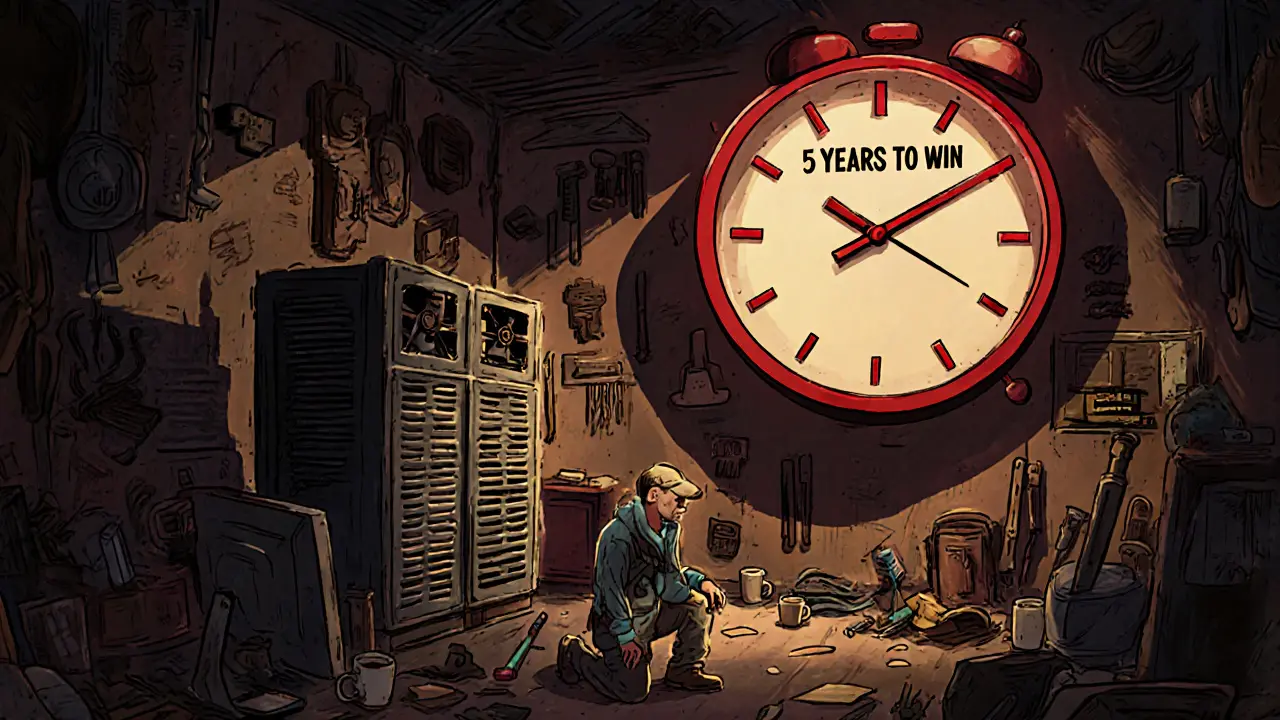Cryptocurrency Mining: How It Works, Where It’s Still Viable, and What Changed in 2025
When you hear cryptocurrency mining, the process of validating blockchain transactions and earning new coins through computational power. Also known as crypto mining, it’s the original engine behind Bitcoin and still keeps dozens of networks running. But today, it’s not just about buying a GPU and plugging it in. The rules changed. Energy costs spiked. Governments stepped in. And what used to be a backyard hobby turned into a high-stakes industry with winners and losers.
Proof of work, the consensus mechanism that powers Bitcoin and other miners is why mining exists at all. It’s the digital version of digging for gold—you solve hard math problems, and if you’re the first, you get rewarded. But this system isn’t free. It eats electricity. That’s why crypto mining regulations, government rules that control where, how, and how much mining can happen started popping up everywhere. Kazakhstan banned mining after its grid collapsed. Norway never gave tax breaks—people just thought they did. And in places like Texas and Canada, cheap power and clear laws kept miners alive.
Here’s the truth: mining Bitcoin at home with a used rig? Almost never makes sense anymore. The hardware is too expensive, the electricity too costly, and the competition too fierce. But mining isn’t dead—it just got smarter. Some still mine smaller coins like Monero or Ravencoin where ASICs don’t dominate. Others run large-scale operations in places with renewable energy or subsidized power. And then there are the people who just want to understand how the system works—because knowing how mining shapes blockchain security helps you spot scams, understand price moves, and avoid getting burned by fake mining schemes.
You’ll find posts here that cut through the noise. One breaks down how Bitcoin mining, the original and still dominant form of crypto mining went from a side project to a global energy consumer. Another shows how Kazakhstan went from the world’s second-largest Bitcoin miner to a tightly controlled digital asset zone after an energy crisis. There’s also a deep dive into why Norway’s so-called "tax incentives" were never real—and what the actual tax rules are today. And yes, we cover the scams too: fake mining software, cloud mining traps, and platforms that promise returns they can’t deliver.
What you won’t find is fluff. No "get rich quick" myths. No hype about mining rigs that don’t exist. Just real stories from real places where mining still happens—and where it doesn’t. Whether you’re trying to decide if mining is worth your time, or just want to know why your favorite coin’s network stays secure, this collection gives you the facts you need to move forward without getting fooled.

